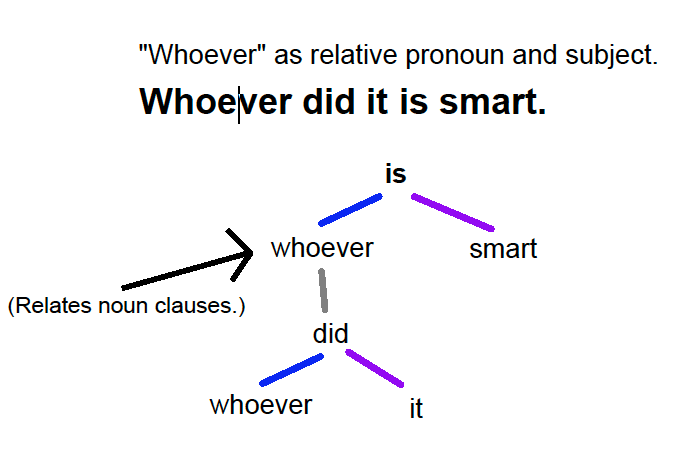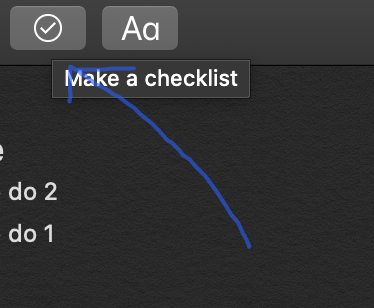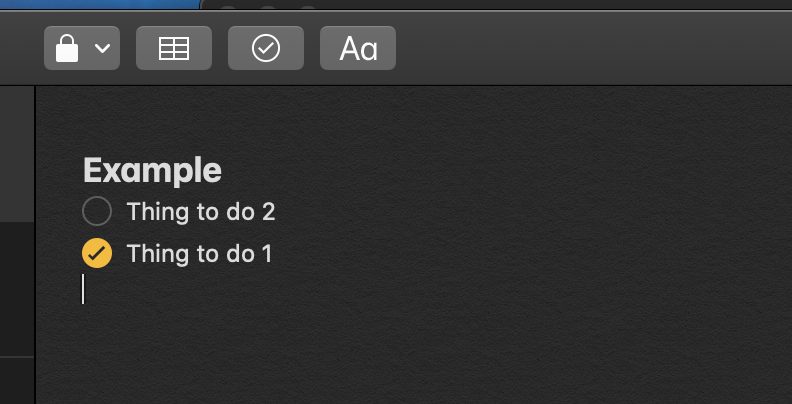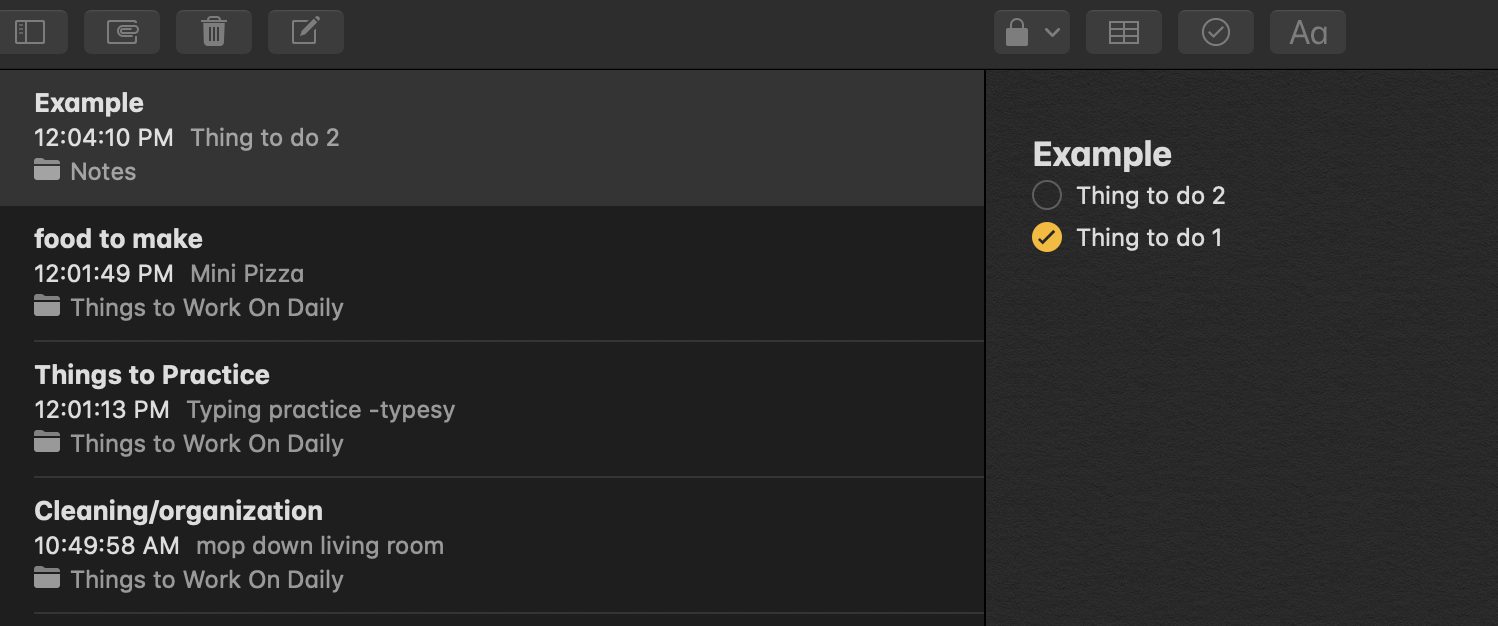Disclaimer/What I Think I’m Doing
These posts do not represent a Fallible Ideas Learning Plan. Why I am doing them, then? What is the goal?
I’d like to be able to try doing a Fallible Ideas Learning Plan at some point, but I’m pretty intimidated by the idea of doing so. So I thought as a preliminary step, I’d just start writing some thoughts about my activities, stuff I was thinking about … basically memorializing thoughts and developments regarding stuff I’m spending time on anyways. And then if I do that for a while, and can do it regularly, then maybe I can try a small FI Plan, which would basically just be talking about some goals related to stuff I was already doing and discussing anyways. That way, I’d avoid being intimidated.
I was actually doing an even smaller step before doing these posts. I made some lists of stuff I’d like to get done and used the Notes app on macOS to track them. So these posts are sort of an upgraded version of that activity tracking + some writing. I use the activity tracking as an example of explaining something simply below.
Grammar 🤔📖
Peikoff talks about the following sentence towards the beginning of lecture 2 of his grammar course:
What he will decide is important.
Here’s a transcript of what he says:
Now, I want to point out… the third example under 13, “What you will decide is important” [sic], as the main clause, I have underscored only “is important”. That is obviously not a clause. Why not? Because it doesn’t have a subject, it just has a predicate. So, we would have to analyze this in order to make clear the full main clause and the proper analysis would come in breaking up the word “what”. The word “what” in this kind of construction is actually a compound. It means “that which” or “the thing which.” In other words, it means “the thing which he will decide is important”. In which case, then, if we use that type of analysis, what will the main clause be? Suppose we take “what” as meaning “the thing which”. What will then be the main clause in the statement, “the thing which you will decide is important”? What will be the main clause?
Yeah, “the thing is important”, correct, and “which he will decide” is then simply an adjective clause modifying “thing”, telling you what type of thing. Now, in any case such as this, where you have a noun clause as subject or object, you may have to resort to some type of analysis to get out the full main clause and separate it from the modifier. But if you understand that, there’s no problem. I just didn’t want anyone to be confused by the fact that I’ve underscored only a predicate as though that could be a clause.
I’m going to post a small excerpt from Elliot Temple’s grammar educational materials on Gumroad.


Elliot’s analysis seems somewhat different to me than Peikoff’s. Below I’ve tried to represent what I think Elliot’s approach to analyzing the sentence would be and what I think Peikoff’s approach is. Any errors are my own! Click here to view or download if you don’t like the embedding.
Thinking About Problems 🤔 💬
Crepe-making and error-correcting
I made this recipe. I don’t think I’ve made crepes at home before. They came out okay. I used too much batter for the first one and got a sort of pancake burned on one side instead of a crepe. You need to be fairly minimal with the amount of batter you use. I realized this after double-checking the recipe instructions and noting where they says:
Pour a small amount of batter (I used 1/8 of a cup of batter for my small frying pan) in the middle of the hot pan. Then pick up the pan and tip and twirl it until the entire bottom is coated.
Double-checking the directions was a simple step to take but it helped.
Initially, I think I defaulted to “make a giant pancake” level of batter for some reason, whereas crepes require a very different level of batter. I think they are supposed to be thin enough to heat through from just the heat on the bottom of the pan as opposed to needing to be flipped over. I had my crepes with ricotta cheese and some preserves. They were pretty good.
Knee exercises
I’m going to try the modifications to knee exercises talked about in this video to try to help my knee issues. I thought the video did a decent job of explaining things. I’m also still thinking about getting a rower in order to do a different sort of motion/activity that’s less stressful on knees. I’ve got my eye on this one but am waiting for the price to come down.
Home Inventory
I want to make an inventory of the stuff in my apartment in case the worst happens and I need to make a claim on my renter’s insurance. I made a partial, incomplete inventory of the stuff in my apartment a while back using an app which has shifted to focus on business and doesn’t seem interested in individual consumers anymore (the app was Sortly). I had some data from that app in CSV format. I looked at some different apps to try that would allow me to import my data and get rolling on a new home inventory. I wound up liking this Mac App which is simply called Home Inventory.It’s pretty simple and straightforward. It’s pretty easy to add custom fields for the items in your inventory, add receipts and take pictures. The app can even send a command to a connected iPhone to open up the Camera app for picture taking without needing to install any new app on the iPhone, which I thought was pretty cool.
For now I’m just logging or completing a few entries per day, with a focus on logging higher value items first and documenting their cost with receipts. I think this will get me a decent sized log of stuff within a few weeks without taking too much time at once and getting tedious. My goal is roughly to have a mostly complete home inventory done before Election Day.
🗣 Practicing Explaining Something Simple: Using Notes to Keep Track of Activities
You can use Apple’s Notes app to keep track of your activities throughout the day. Here’s one way to do it:
1. In the Notes app, make a category for your daily activities by clicking on the New Folder button in the lower right and give the folder a name.

2. Make some notes with lists of stuff you’d like to do during the day. Write the category of activity on the first line (which defaults to a bigger font). Then hit the “Make a Checklist” button and make a list of stuff.

You should wind up with something like this:

3. As you do stuff during the day, check it off from the list. If it’s a one-time thing, you can delete it after you’re done with it. If it’s a repeating thing, uncheck it when you check your list the next day, and then check it again when you complete it again.

🧠 🌩 Brainstorming: Things I Can Do to Get More Organized and Less Cluttered (Digitally and Physically)
- Make an update-to-date inventory of the stuff in my home. (This is being done) ✅
- Organize more items in my refrigerator and using food storage containers and bins. (This is being done) ✅
Make use of the somewhat inaccessible space below my cabinets to store reserves of canned goods et cetera, freeing up the cabinets for other things. (This will be done soon) 📝 - Unsubscribe from emails I’m not actually paying attention to anymore. (This is being done) ✅
- Delete apps I’m not using. (This is being done) ✅
- Disable notifications I’m not paying attention to. (This could be done more aggressively) 📝